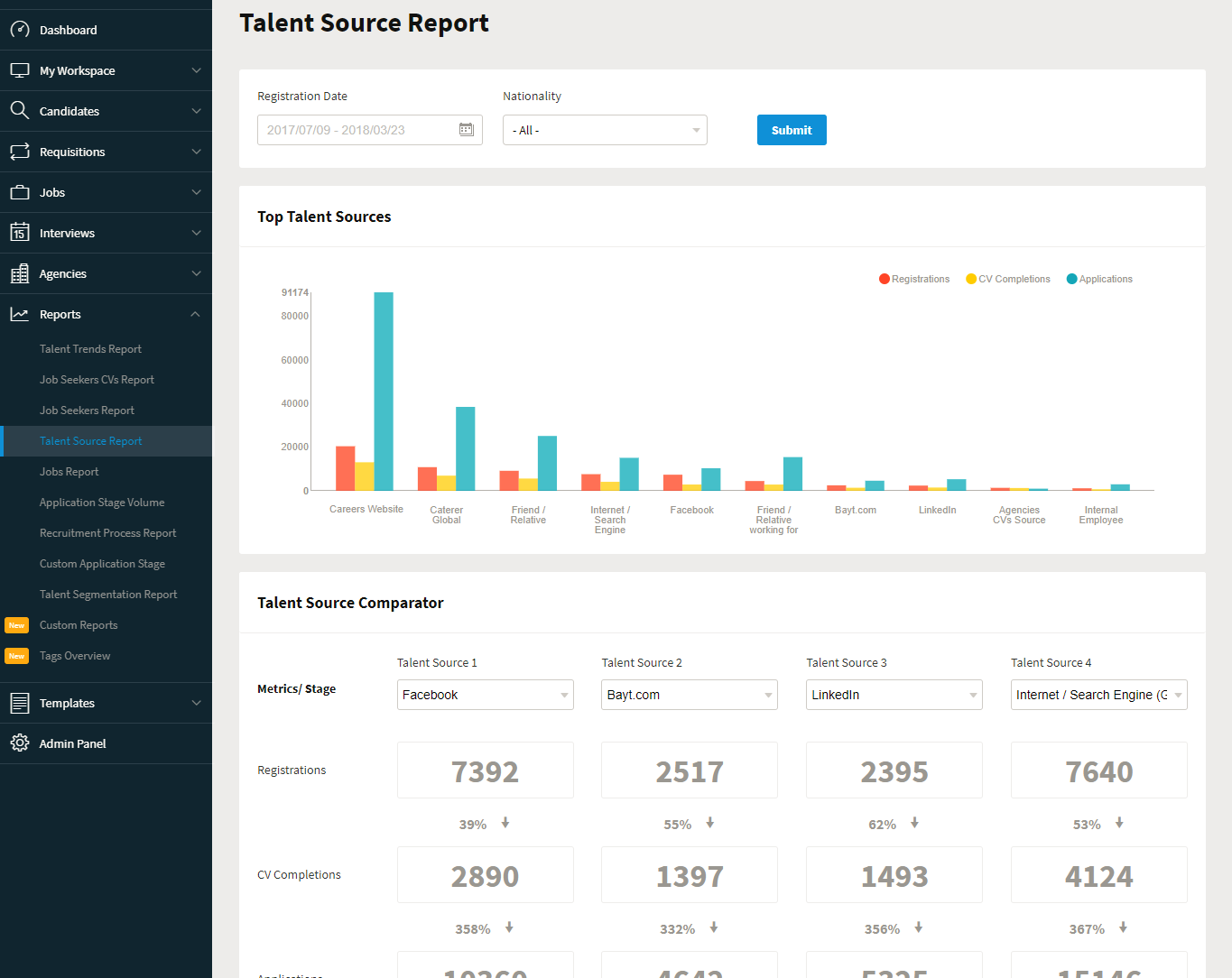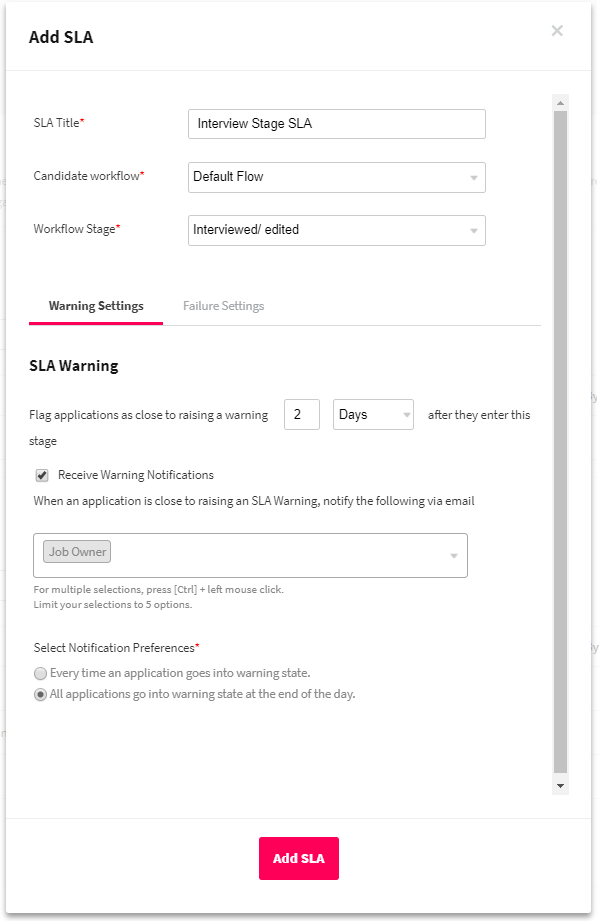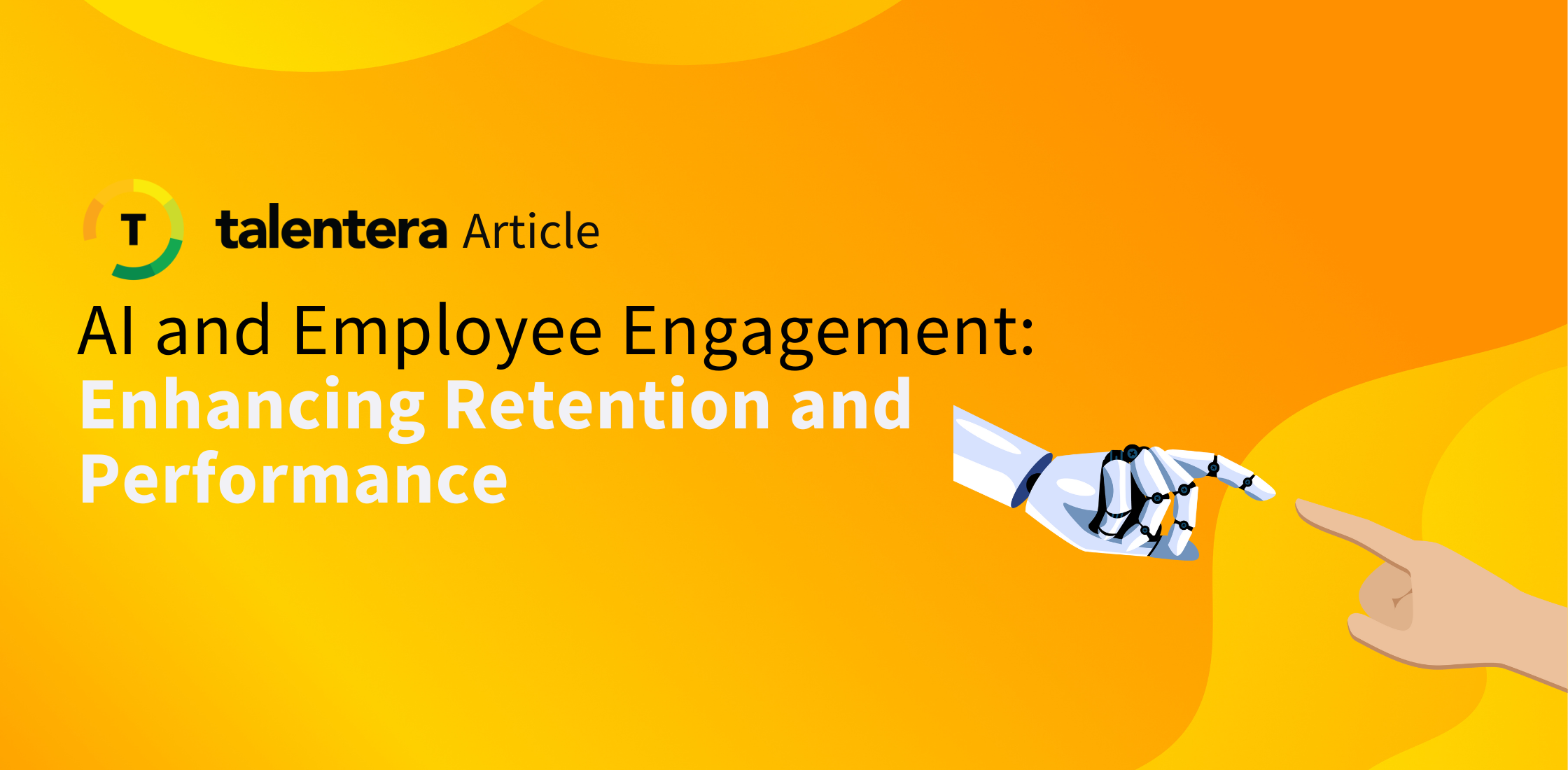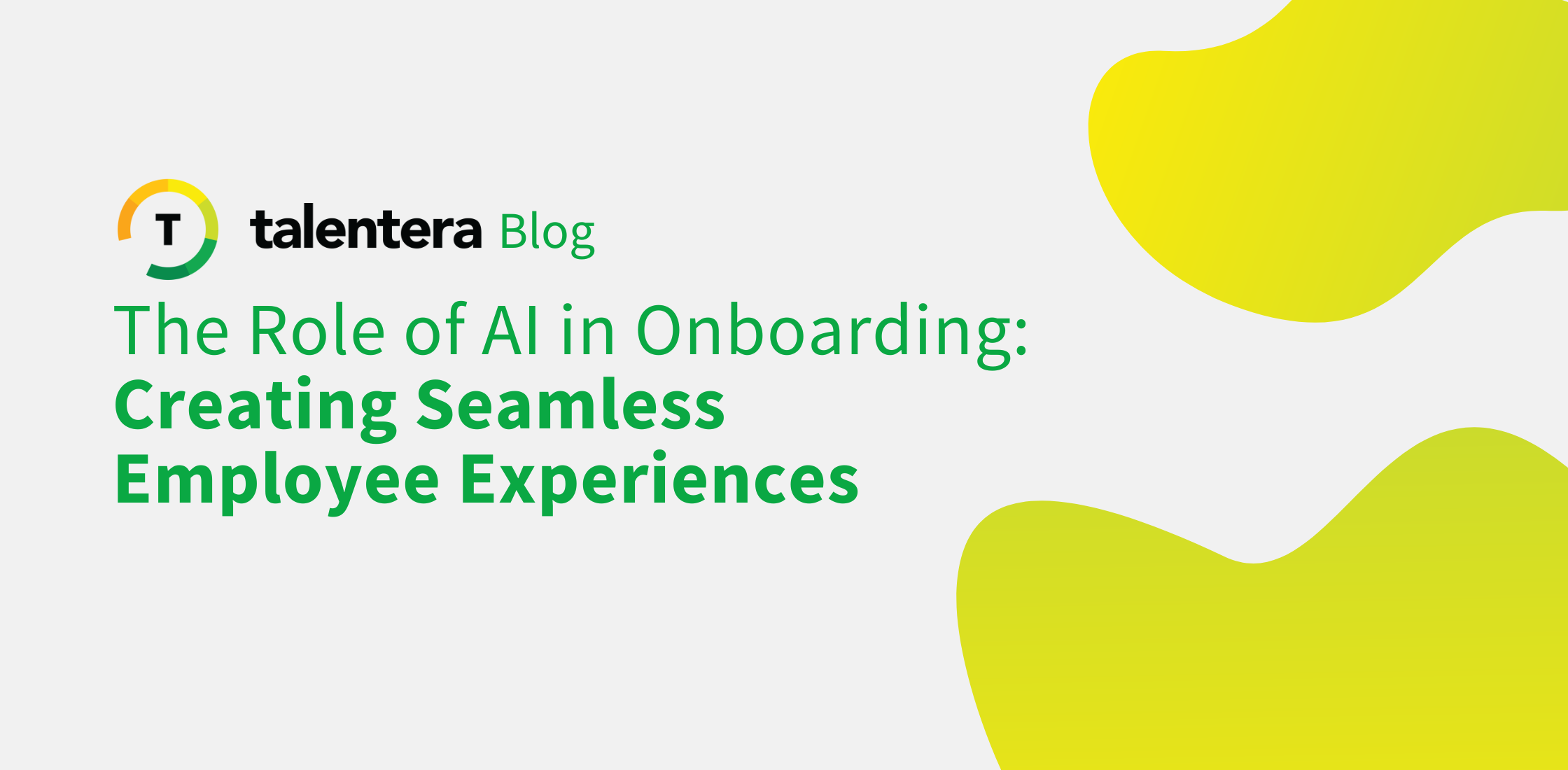5 Reports You Need From Your ATS
Talent acquisition is a thoroughly exciting stream; recruiters enjoy meeting and interacting with new people, coordinating and collaborating across streams and ideating creative ideas to attract top talent. The role has traditionally been largely communicative in nature, leaving little to no room for hard data and complex figures.
However, as is the case with pretty much everything else these days, the nature of recruiting workflows has become broader, and exceptionally advanced and specialized.
What does this mean exactly? The modern-day recruiter does not just have to focus on developing and executing masterful hiring procedures but is also expected to fiddle with key metrics and analytics to determine the efficacy of these procedures.

Numbers in HR? Almost sounds outlandish, but interestingly, data-driven recruiting is not only becoming increasingly commonplace in today’s tech-charged corporate milieu but it also promises a high-output environment along with a qualitatively superior approach to talent acquisition.
HR processes that are backed by reporting metrics and analytics empower recruiters with concrete data to determine how they are performing vis a vis their targets and what the outcomes of their strategies are. With these analytics, recruiters can easily place the bottlenecks in the entire process and work towards getting them out of the way.
Pretty much every recruiter has declared their loyalty to the revolutionary ease and convenience of Applicant Tracking Systems. This solution has introduced an unimaginable degree of efficiency and automation to traditional recruiting processes and its crowning achievement is the range of analytical reports it can generate to assess the viability of established hiring funnels.
![]()
If you’ve only recently shifted to an ATS and aren’t quite certain what kind of reports can help you get a better grip of your hiring activities, no need to sweat it. We’ve made a list of the most crucial reports that you should be retrieving from your ATS to maximize the efficiency of your processes and measure your performance:
1) Talent Source Reports
It can help a great deal if you can determine which platform is attracting the greatest number of candidates to your applications. Such insights can allow you to review your sourcing strategy and perhaps invest more in those platforms that are driving higher candidate traffic.
With the Talent Source Reports, recruiters can identify where the most number of candidates are coming from, whether by direct email, employee referrals, or social media. Knowing which platforms are the most effective candidate sourcing channels enables recruiters to focus their approach chiefly on the ones that can ultimately secure not just the highest number of candidates, but evidently the stronger ones too. This will allow you to expedite the whole recruiting process and fill in vacancies much faster and with definitely less hassle.

2) Recruitment Process Reports
Recruiters need to be able to get a bird’s eye view of their recruiting process to understand how it’s faring overall- where major lags are taking place and what the persistent inconsistencies are. With such macroscopic reports that reveal key metrics, such as the average time to hire or reject applicants, recruiters can be empowered with the information they need to iron out the process.
For example, if there are delays between when the job was posted and when the vacancy was filled, or between the job creation and job posting, the recruiter can promptly implement remedial measures and rethink their methods based on where the problems are cropping up across the funnel. They might want to review the channels they’re using for sourcing or try to ensure better coordination across teams. With the recruitment process reports, recruiters can immediately zero in on pressing issues and take instant corrective action. The result? Recruiting workflows crafted to perfection!
3) Hiring Trend Reports
A recruiter should be able to review the hiring trends observable in the outcomes of their hiring processes. To proactively measure the effectiveness of your efforts, the Hiring Trends Report allows recruiters to track hiring activity and employ data-driven performance management.
This report provides detailed insights into all the hires made, breaking them down on the basis of Time Interval, Location, HR Manager, or Hiring Manager etc. This enables recruiters to assess the pace of hiring activity and stay on top of things. Not only do such reports ensure transparency and accountability, but they’re also a great way of providing a quick snapshot of HR’s performance.

4) Talent Trend Reports
While the Hiring Trends Report measures hiring velocity and efficiency, the Talent Trends report delves into the subjective aspects of the new hires’ profiles e.g nationality, gender, marital status, qualifications, residence location etc. Identifying these trends can help recruiters manage priorities such as cultural diversity and a sound male-female ratio at the workplace. These reports can assess their proficiency in meeting not only the objective hiring goals, but can ensure that the qualitative targets are also being catered to.

5) SLA Reports
The hiring process necessitates a considerable degree of smooth collaboration and coordination to function seamlessly. With recruiting responsibilities and roles spread out far and wide across various people and teams, from sourcers and recruiters to interviewers and hiring managers, a Service Level Agreement allows the employees involved to efficiently meet deadlines and maintain uninterrupted work flows. SLA Reports provided by an ATS give important performance insights by keeping a track of all compliance successes and failures across applications.

Recruiters can determine how many SLA Warnings and Failures took place across applications, whom they concerned, and how many of them were addressed. From being able to identify and measure lags across the funnel stages, to assessing recruiter performance and their commitment to deadlines- these reports can shed light on the workability of your HR SLAs. By raising accountability, time-to-hire, hiring velocity and consequently candidate and recruiter experience, SLA reports are crucial for enhanced recruitment workflows.
Conclusion
These reports are extremely vital in helping you track and assess your recruiting activities over time and take timely action. The greatest advantage of Applicant Tracking Systems is that now recruiters don’t need to rely on impulsive leaps of faith or blind shots in the dark. Instead, they can actually make use of concrete and insightful data to gauge the efficiency, viability and accuracy of their processes. With such pertinent and valuable information at their disposal, recruiters can fine-tune their workflows to surpass their performance targets. After that, it’s just smooth sailing to grabbing team of the year trophy!








